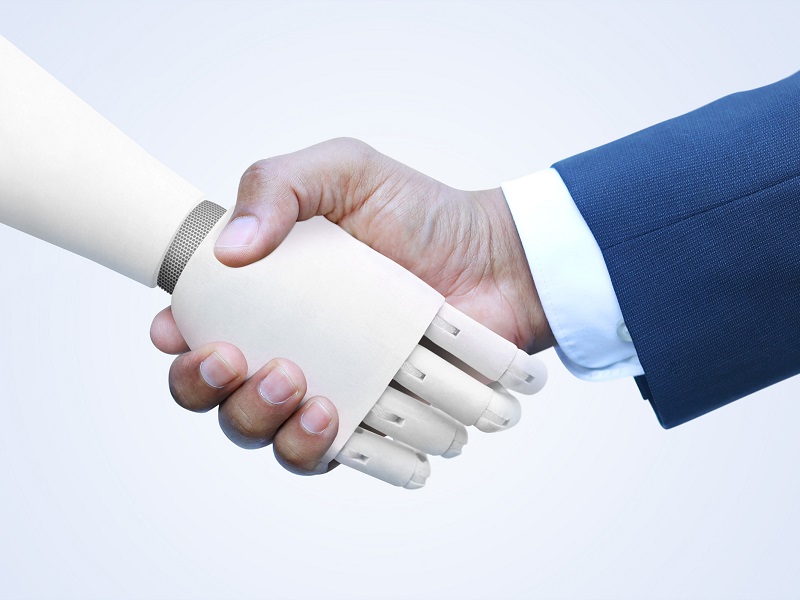

Artificial intelligence offers the promise of “a big structural change that will play out over a long period of time,” according to Kieran Moore, a partner and portfolio manager at Munro Partners, noting the growth opportunities associated with AI lie in the enablers of structural changes that can improve productivity and workflows.
For investors like pension funds, the real opportunity is the infrastructure behind AI, such as the semi-conductors, the high-end lithography machines that print the semi-conductor components and the cloud hosts.
Globally, only a handful of companies are in these spaces, which makes them attractive investment opportunities, he says, referring to ASML Holding as an example. The Netherlands-based company makes high-end lithography tools and sells them to foundries that build the chips.
Read: CPPIB, PSP part of group investing in new AI fund
In terms of structural change, AI will effectively double size of the semi-conductor industry, says Moore, taking it from half a trillion dollars in value today to $1 trillion over the next 10 years. “It’s not going to take 50 years to go from a nascent industry to a half a trillion dollar industry.”
The growth will come from the data centres “where all the AI workloads and applications are processed,” he adds. Currently, these centres use traditional linear processing, so when a user requests information, it’s found through a central processing unit. However, to power AI, computers and humans will have to interact in a new way, such as through parallel processing or accelerated computing.
“Think of playing a live video game across the internet versus other people around the world. As you come around the corner in your video game, the games can’t predict what you will choose to do next; therefore, the possibilities are effectively endless. It’s a real-world application. So you need a much more complex and a much faster way of computing to power all the potential outcomes in that application.”
As data centres move away from linear processing computing to parallel processing, there’s an opportunity to “retool all the data centres around the world to be able to deal with this accelerated computing,” says Moore.
Read: Caisse investing in data centres, IMCO in life science real estate
Today, just 14 per cent of data centres offer accelerated computing. “We think the penetration of this accelerated computing capability will need to be in excess of 40 per cent to support this shift.”
Considering its real-world applications, AI isn’t going to be a fad like cryptocurrencies or the metaverse, notes Moore. “With the crypto craze, we all got on board and thought it was going to massively take market share and, as a result, fiat currencies were going to be diminished. When you think about it, none of us actually purchased anything using cryptos.”
Indeed, AI will play out in a whole range of industries, including education, health, law and software development. PricewaterhouseCoopers has estimated that AI could add $15 trillion to global gross domestic product by 2030.
“What we know is there’s a lot of computing power needed, which comes back to the semi-conductor opportunity that effectively enables those applications to exist,” says Moore. “The investment opportunity is in the core — the picks and shovels in the gold rush, so to speak.”
